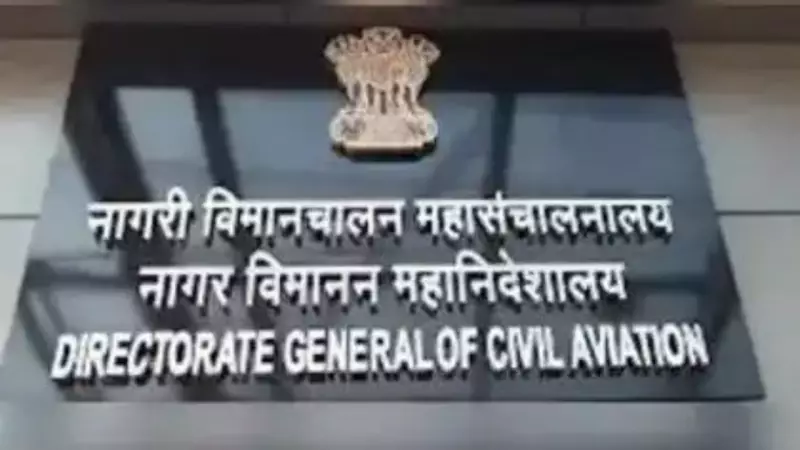
In a significant move that will reshape India's aviation landscape, the Directorate General of Civil Aviation (DGCA) has confirmed that revised flight duty time limitations (FDTL) for pilots will be fully operational by November 1st. This regulatory overhaul promises to bring substantial changes to how airlines schedule their crews and manage operations.
What's Changing in Pilot Duty Regulations?
The new framework introduces several key modifications that directly impact both pilots and airline operations:
- Extended night flying window: Pilots can now operate flights for up to 10 hours during the night period, compared to the previous 8-hour limit
- Increased monthly flight time: The maximum flight time per month rises from 125 hours to 130 hours
- Enhanced quarterly limits: The quarterly cap moves from 750 hours to 900 hours
- Annual flight time adjustment: Yearly maximum increases from 1,000 hours to 1,200 hours
Balancing Safety and Operational Efficiency
While these changes provide airlines with greater scheduling flexibility, the DGCA has emphasized that safety remains the paramount concern. The regulator has maintained strict mandatory rest period requirements to ensure pilot fatigue doesn't compromise flight safety.
"The revised regulations strike a careful balance between operational requirements and safety considerations," explained a senior DGCA official. "We've incorporated scientific data and international best practices while tailoring the rules to India's specific operational environment."
Impact on Indian Aviation Industry
The relaxed norms come as a welcome relief for Indian airlines that have been grappling with crew shortages and operational challenges. The extended night flying window is particularly significant for:
- Red-eye flights and early morning operations
- International routes with night departures
- Cargo operations that predominantly occur during nighttime
- Better utilization of aircraft during off-peak hours
Industry experts predict that these changes will help airlines optimize their crew resources, potentially reducing operational costs and improving scheduling efficiency. The new regulations align more closely with global standards, putting Indian carriers on a more competitive footing internationally.
The November 1st implementation date gives airlines sufficient time to adjust their scheduling systems and crew management protocols to comply with the revised framework while maximizing the benefits of the relaxed regulations.





